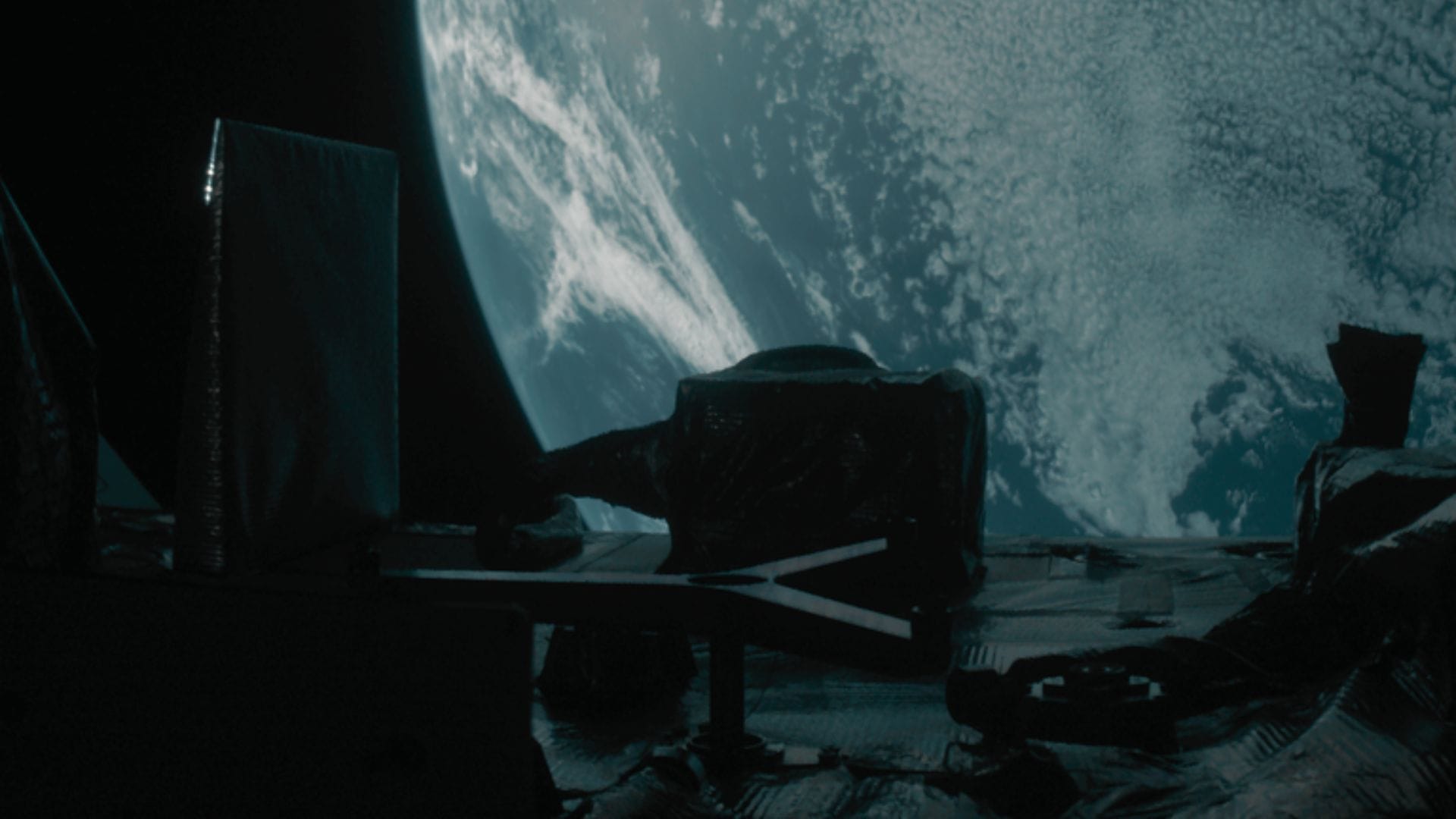New Delhi: NASA’s Origins, Spectral Interpretation, Resource Identification, and Security – Apophis Explorer (OSIRIS-APEX) spacecraft has captured the Earth during a flyby that occurred on 23 September, from a distance of 3,438 km from the Earth. The spacecraft is going to make another close approach in March 2027, before the planned rendezvous with the asteroid Apophis just after the close encounter with the Earth in April 2029. During the flyby, OSIRIS-APEX mission scientists used the opportunity to capture images of the Earth to calibrate the science instruments on the spacecraft. The Earth was captured by the MapCam used to map the asteroid Bennu as well as the StowCam used to verify sample storage.

Earth as seen from the MapCam on OSIRIS-APEX. (Image Credit: NASA).
The OSIRIS-APEX mission originally started as the OSIRIS-REX mission and was launched on 8 September 2016 on an Atlas V rocket. The spacecraft then travelled to the near-Earth asteroid named Bennu and collected samples on 20 October, 2020. The spacecraft then made it back to the Earth and delivered the samples on 24 September, 2023, after which its primary mission was over. NASA then extended the mission, and put the spacecraft on a trajectory to the Asteroid Apophis, taking advantage of the close encounter with the Earth.
Why are scientists interested in asteroids?
Most of the asteroids were formed in the chaotic infancy of the Solar System, soon after the birth of the Sun. In the leftover star forming material, the temperature gradient from the newborn Sun resulted in a complex interplay between gases, ices and dust. Pebbles, boulders and mountains clumped together to form planetary-mass objects, while protoplanets were also battered to bits, leaving behind fragmented remains of differentiated bodies that once had a crust, mantle and core. Bennu may have once hosted liquid water on the surface, and the asteroid Psyche may be the core of a long-lost planet. Asteroids preserve the conditions in which the planets were assembled, providing a window to scientists into the earliest stages of the Solar System.
